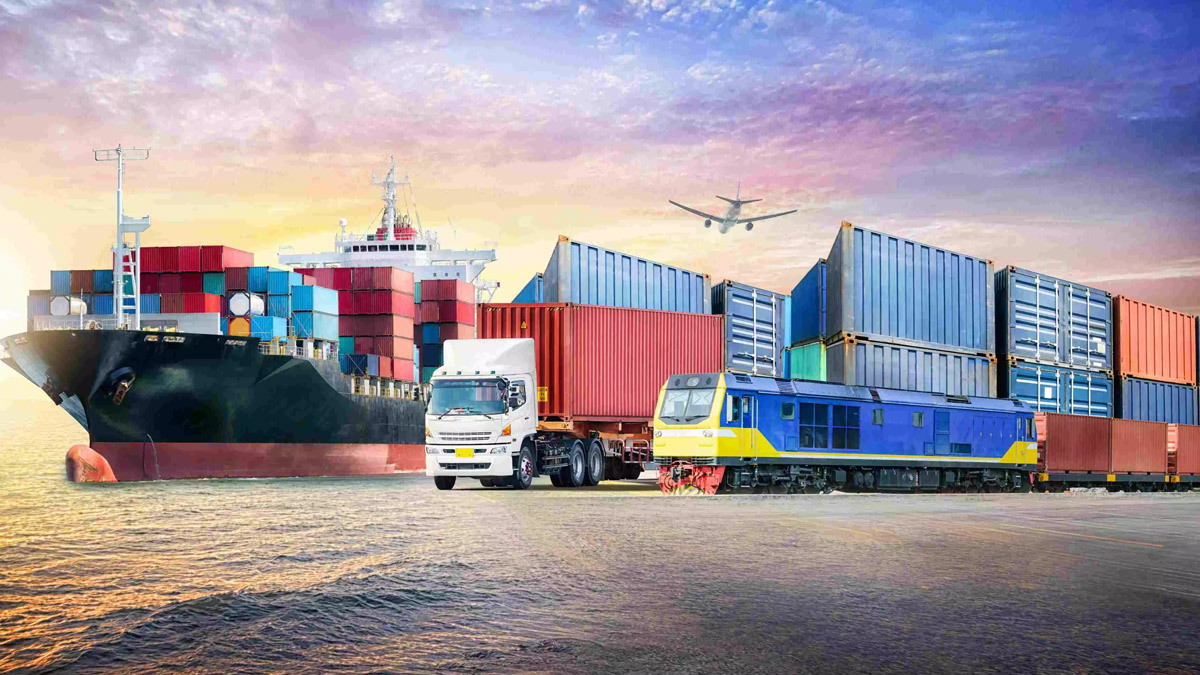India is a country of not just diverse cultures and languages, but it is also an enriched nation in terms of resources and other businesses. A lot of industrial sectors are not given great focus or importance by the government for decades and their contribution to the economy is not encouraged a lot, but things are radically changing in the recent past. Logistics is one such industry that went unnoticed for several years, and it certainly got into the limelight due to the rise of other industries something as eCommerce. Here we will be looking at some of the important logistics policies introduced by the Indian government and their benefits to the industry.
Bharat Mala
Exactly termed Bharatmala Pariyojana, this logistics program got launched in 2015 to develop the Indian logistics industry and parallelly overcome all the hurdles faced by this industry. This policy precisely focused on roadways properly connecting all the highways and making the national and international level logistics operability more efficient. During the initial planning of this policy, its estimated cost is around 7 trillion Indian Rupees. It aimed at constructing 50 national corridors, 80% freights only on highways, 34800 km of roads, and 35 multi-modal logistic parks. This logistics policy is aiming at delivering some key benefits like improving the overall ranking of the country’s performance in the global logistics arena, attracting more foreign investments, creating up to 22 million new jobs, enhancing cross-border trade, more domestic production and export and finally create 100 million man-days working.
Sagar Mala
Similar to Bharatmala, another logistic plan for the Indian logistic industry got introduced in the financial year 2015-2016 Sagarmala, it aims to connect the seaways as it is done in the Bharatmala plan. It is known that according to a survey, shipping logistics is almost 80% cheaper when compared with other logistic modes. A pre-estimation was made initially that this plan would bring in a huge cost saving of 40000 crores per year for the Indian logistics sector. The program also planned to improve the carriage of coal from 27 million tonnes in 2015 (the year it got introduced) to 125 million tonnes in 2025. This plan aims to bring in more cost savings to coastal shipping which is estimated to be 10000 crores in 2025 and reduce the power generation cost by 0.5 Rupees per unit in 2025.
GatiSakthi Plan
It is the most exciting plan for the Indian logistics industry, and if implemented right, it will be a definite game changer. It brings in an analytics onboard and it achieves it with collective database management. PMs Gatisakthi yojana aims to create one centralized platform to store all the logistic information happening in India, this helps the different stakeholders like central and state governments, logistic service providers, and companies. For example, if a piece of information regarding road development is needed then it can be accessed from all the involved departments that must feed it to the system like NHAI, state PWD, and even the rural development department. This way it helps the logistics industry.
Conclusion
Every idea is fresh and exciting, let it be from the private or public or from the government, it all depends on the execution. Most of the well-made plans have been left midway in the past due to several circumstances, but the current government is aiming to execute all the good plans that deliver benefits to the nation.




